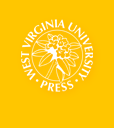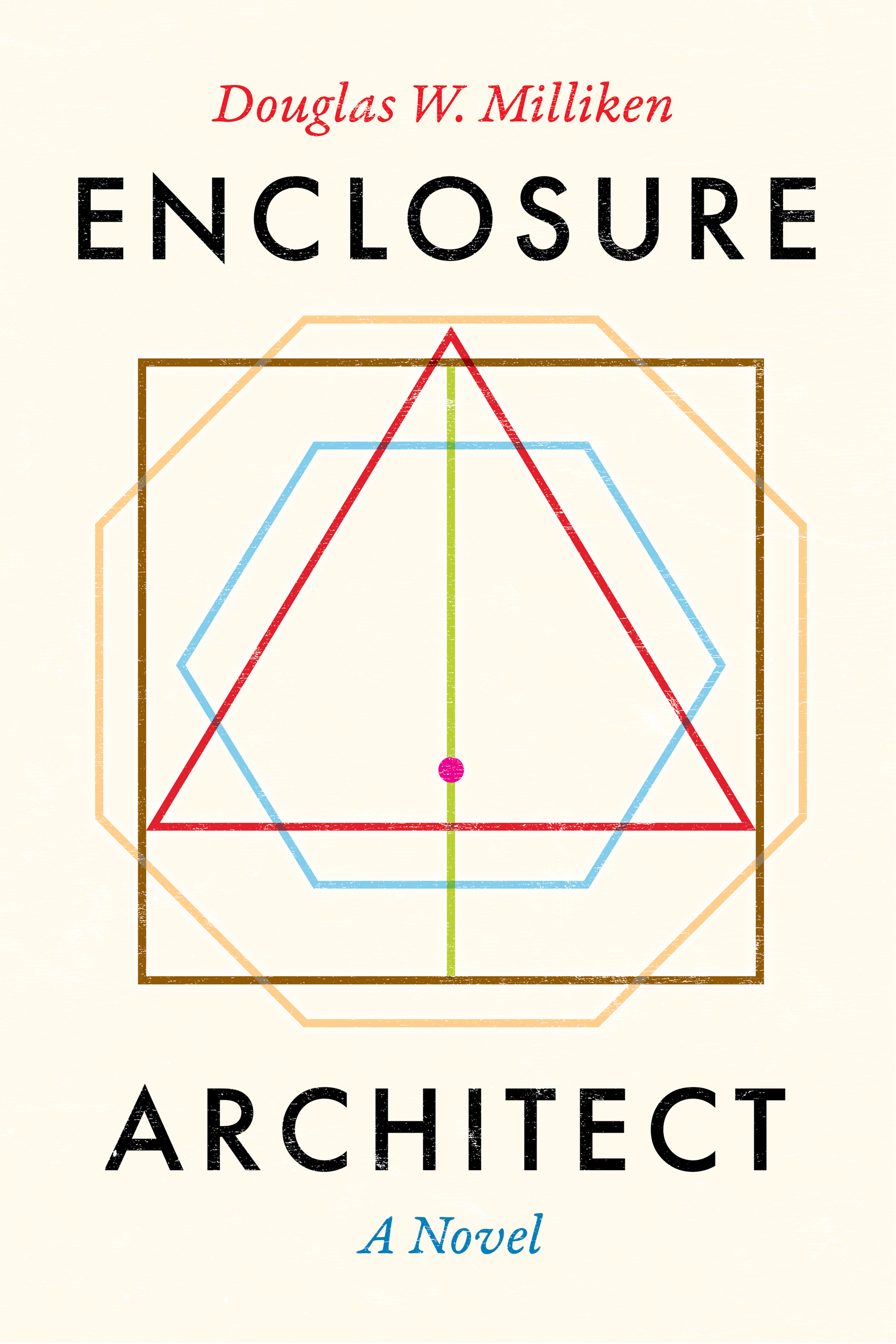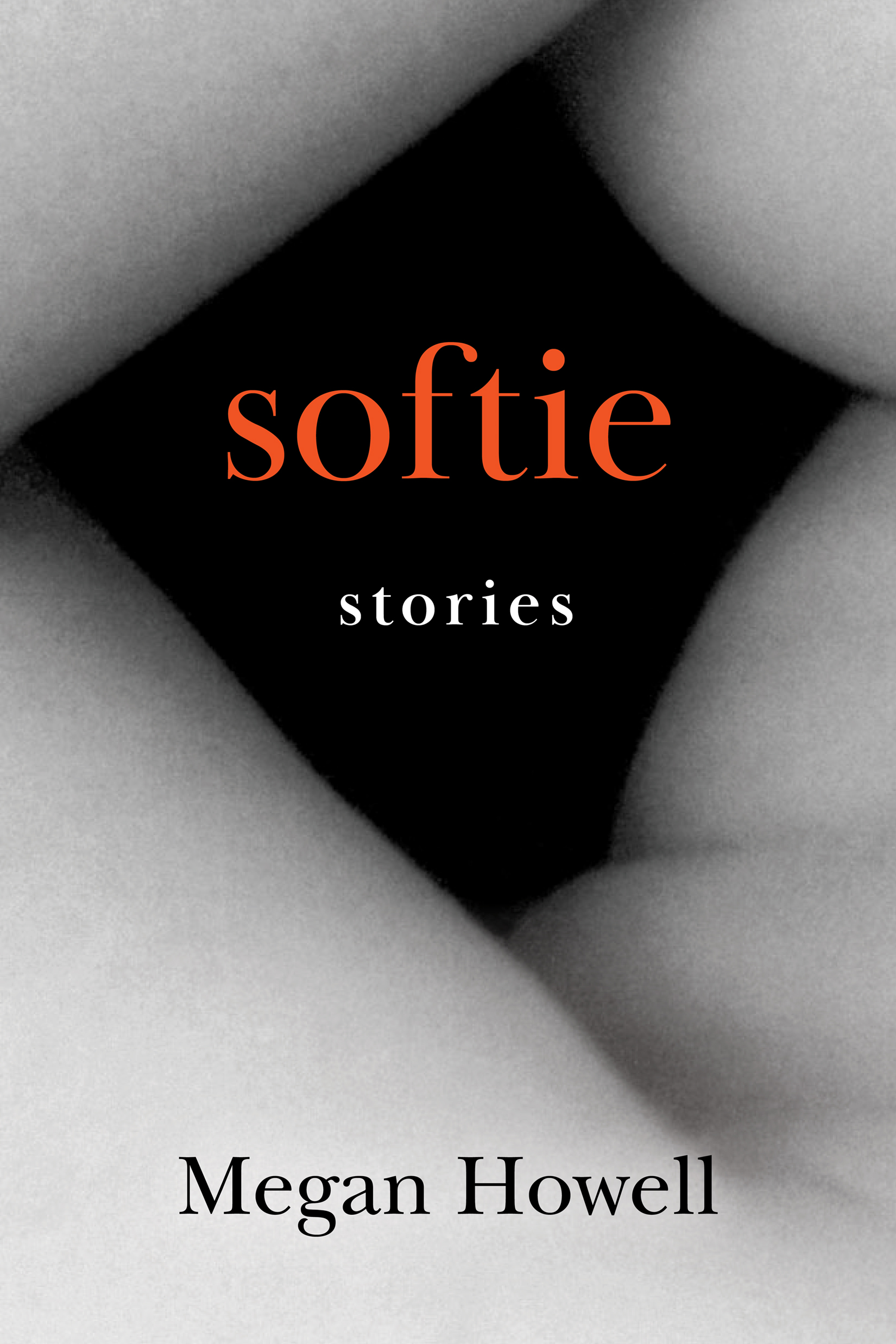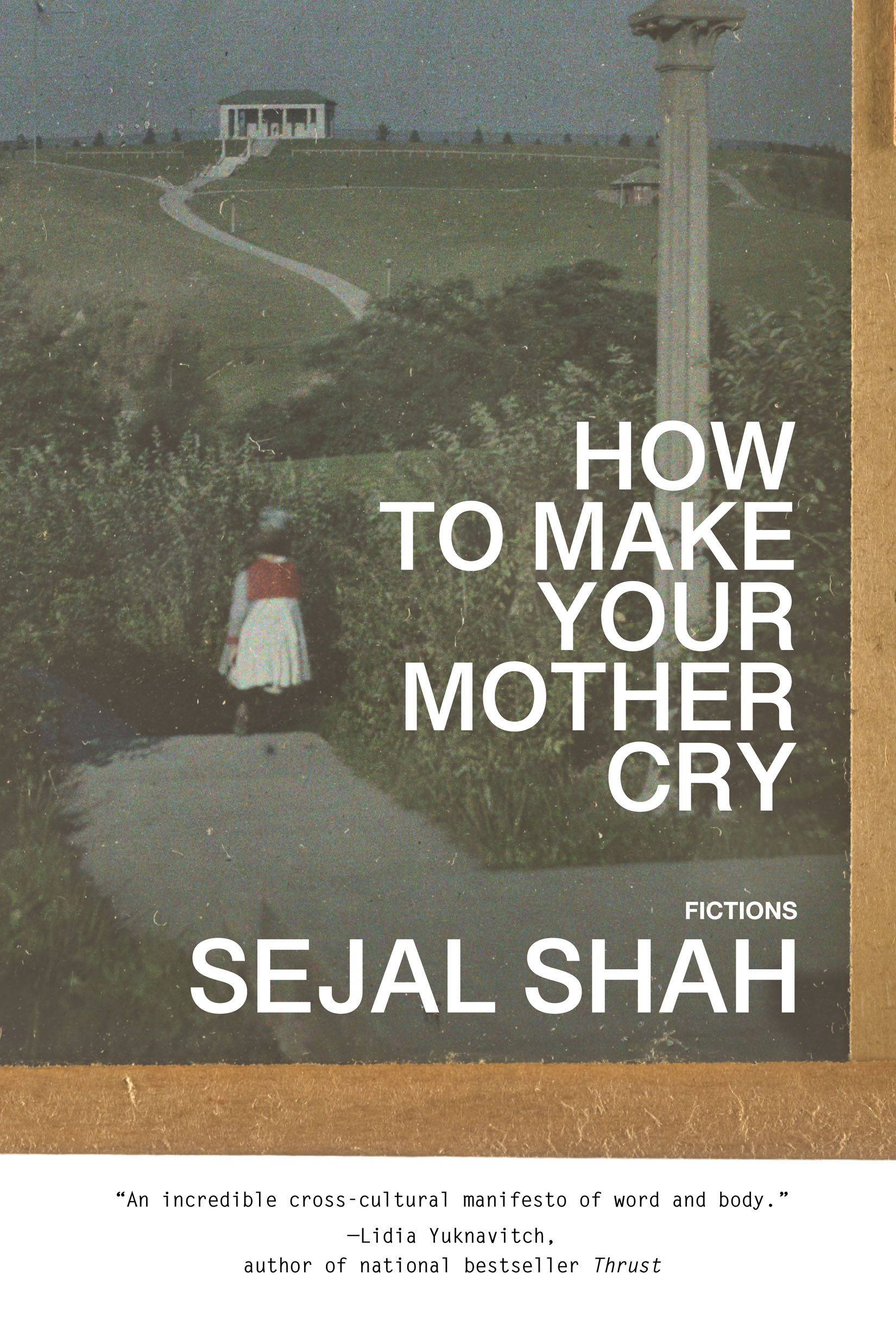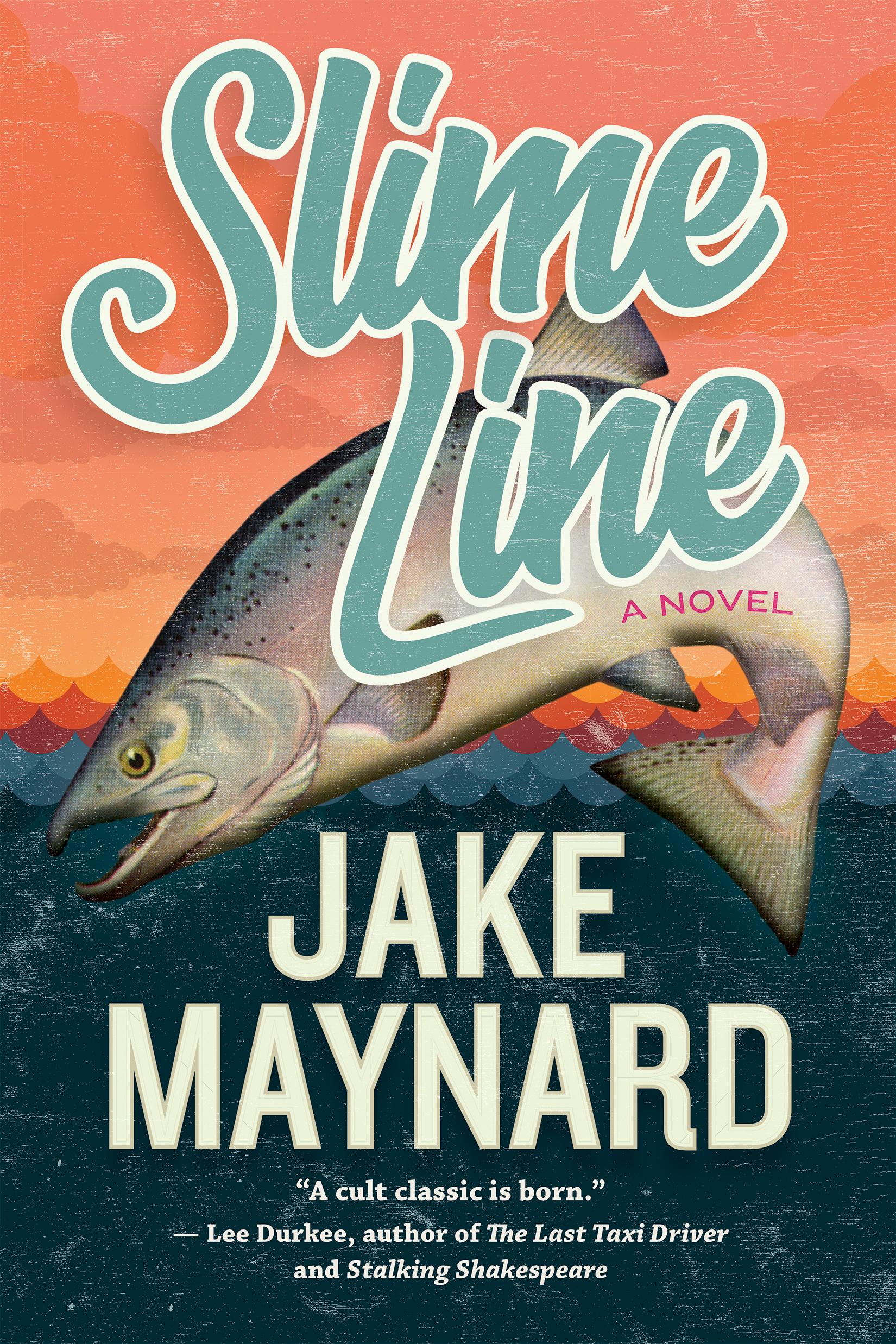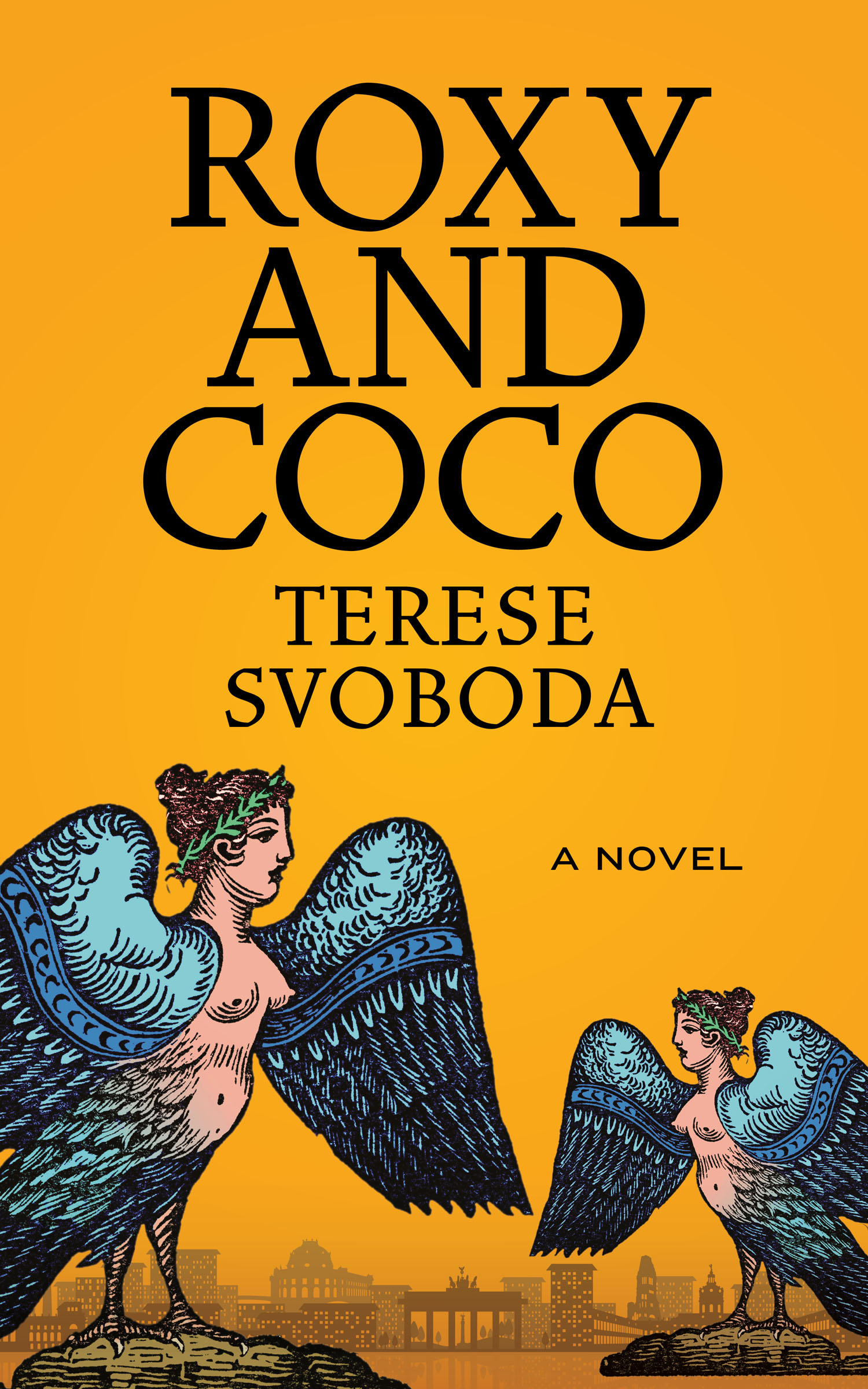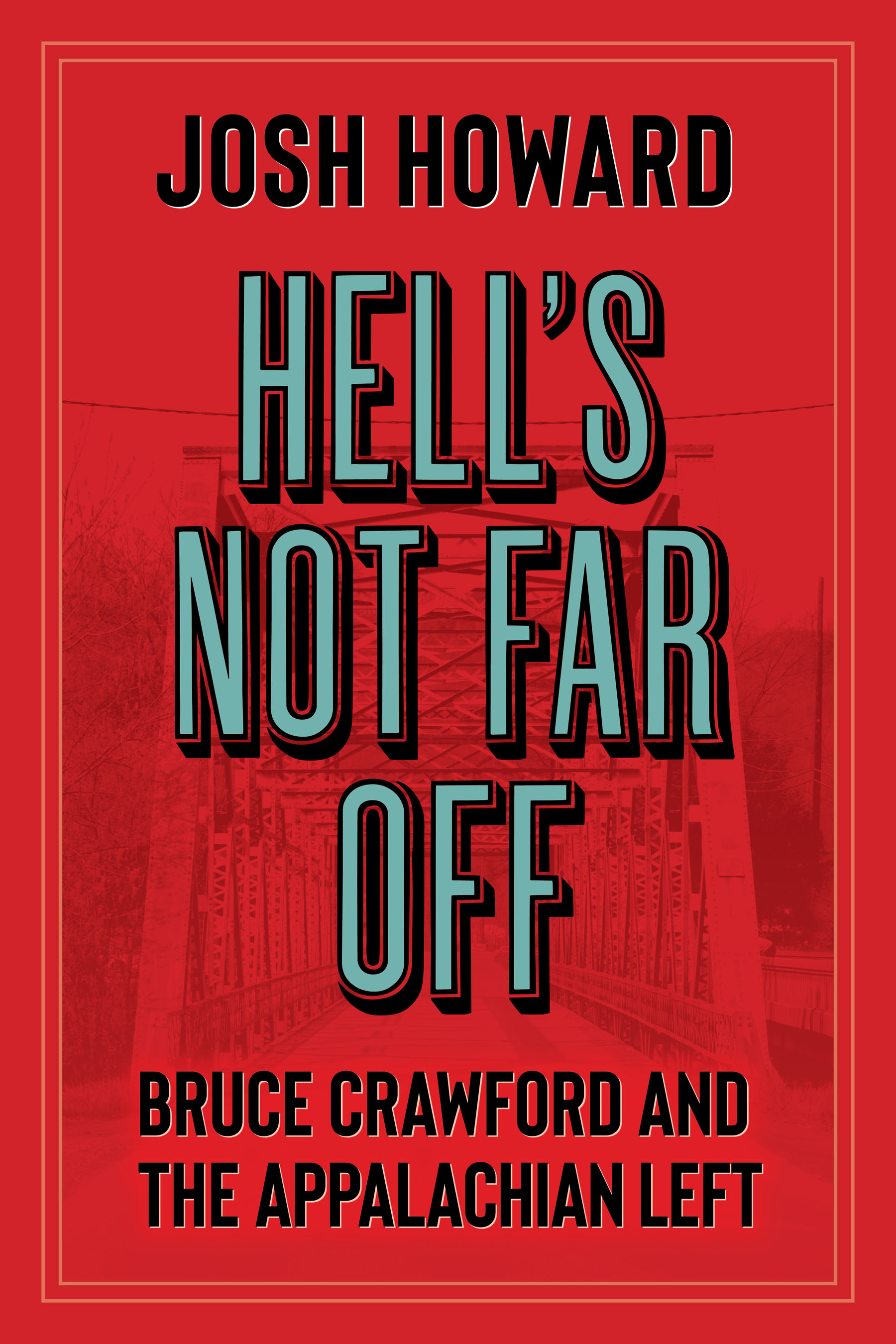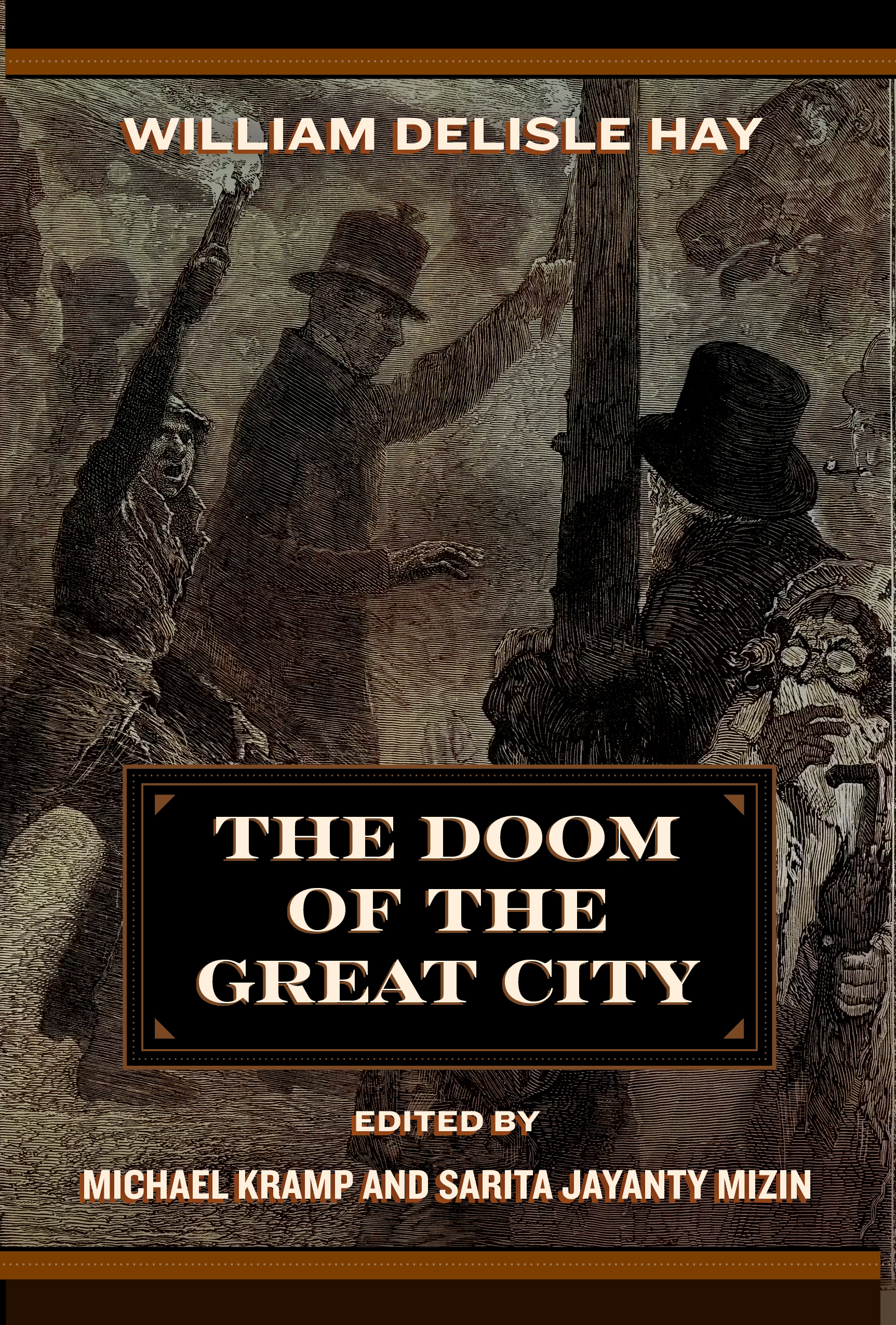
William Delisle Hay
Edited by Michael Kramp and Sarita Jayanty Mizin
February 2025
216pp
PB 978-1-959000-37-2
$24.99
eBook 978-1-959000-38-9
$24.99
Salvaging the Anthropocene series
The Doom of the Great City; Being the Narrative of a Survivor, Written A.D. 1942
Summary
William Delisle Hay’s The Doom of the Great City (1880) imagines the destruction of London as a result of human-induced environmental devastation, the threat of which is becoming increasingly visible today. This urban apocalypse narrative connects to pressing cultural discussions on global warming, modern life in cities, public health, and the interconnectivity of human life on earth. This first critical edition of Hay’s novella makes available his account of one man’s tale of survival amidst a toxic fog—a survival that includes his relocation to Maoriland in New Zealand. The editors foreground the relevance of the story to present and future pandemics, the persistence of environmental disasters, and the global population’s ongoing migration to cities. They place the narrative in dialogue with nineteenth-century concerns about climate change, pollution, natural resources, health care, empire, and (sub)urbanization that have remained significant challenges as we come to terms with the lasting impacts of the Anthropocene in the twenty-first century.
Contents
Acknowledgments
Note on the Text
Introduction by Michael Kramp and Sarita Jayanty Mizin
Selected Bibliography and Additional Reading
The Doom of the Great City (1880)
Appendix A. Nineteenth-Century Writing on Climate Change
1. David Ansted and Robert Drummond, from “Weather” (1860)
2. Louis Agassiz, from “The Formation of Glaciers” (1863)
3. Richard Jefferies, from “The Great Snow” (c. 1876)
4. Svante Arrhenius, from “On the Influence of Carbonic Acid in the Air upon the Temperature of the Ground” (1896)
Appendix B. Global Perspectives on the City
1. Mirza Salih Shirazi, from The Collected Journeys of Mirza Salih Shirazi (1815)
2. Mary Seacole, from Wonderful Adventures of Mrs. Seacole in Many Lands (1857)
3. Rudyard Kipling, from “The City of Dreadful Night” (1885)
4. Rokeya Sakhawat Hossain, from Sultana’s Dream (1905)
5. Mohandas Karamchand Gandhi, from “Interview to ‘The News Chronicle’” (1931)
Appendix C. The London Fog
1. Francis Albert Rollo Russell, from London Fogs (1880)
2. Robert Barr, from “The Doom of London” (1892)
3. From “Metropolitan Atmospheric Pollution” (1880)
4. “A London Fog” (1849)
Appendix D. Victorian Public Health
1. Edwin Chadwick, from Report on the Sanitary Condition of the Labouring Population of Great Britain (1842)
2. Florence Nightingale, from Notes on Nursing for the Labouring Classes (1861)
3. Charles Kingsley, from “The Science of Health” (1874)
4. “The Peril in the Air,” Peps Company (1913)
Appendix E. Victorian Suburbanization
1. George and Weedon Grossmith, from The Diary of a Nobody (1892)
2. Thomas Runciman, from “London City Suburbs” (1893)
3. Ella Hepworth Dixon, from The Story of a Modern Woman (1894)
4. T.W.H. Crosland, from The Suburbans (1905)
5. Bacon’s Library Map of London and Suburbs, sheet 5 (1877)
Appendix F. Visions of the End
1. Mary Shelley, from The Last Man (1826)
2. George Griffith, from The Angel of the Revolution: A Tale of the Coming Terror (1893)
3. M. P. Shiel, from The Purple Cloud (1901)
Acknowledgments
Editors
Michael Kramp is professor of English at Lehigh University, where he is a scholar of nineteenth-century British literature, critical theory, and masculinity studies. He is the author of Patriarchy’s Creative Resilience and Disciplining Love: Austen and the Modern Man.
Sarita Jayanty Mizin is assistant professor of English and faculty director of the Intersectional Women’s Center in the department of Race, Ethnicity, Gender, and Sexuality Studies at the University of Wisconsin, Eau Claire.
Together, they are coediting a new edition of Richard Jeffries’ After London (1885).
Reviews
"This edition is an exemplary model of how to introduce students, scholars, and new readers alike to a little-known nineteenth-century text. The careful and attentive way in which the editors have negotiated the novella's imperial framing and settler-colonial context is impressive."
—Porscha Fermanis, professor, University College Dublin and author of Romantic Pasts: History, Fiction, and Feeling in Britain, 1790-1850





